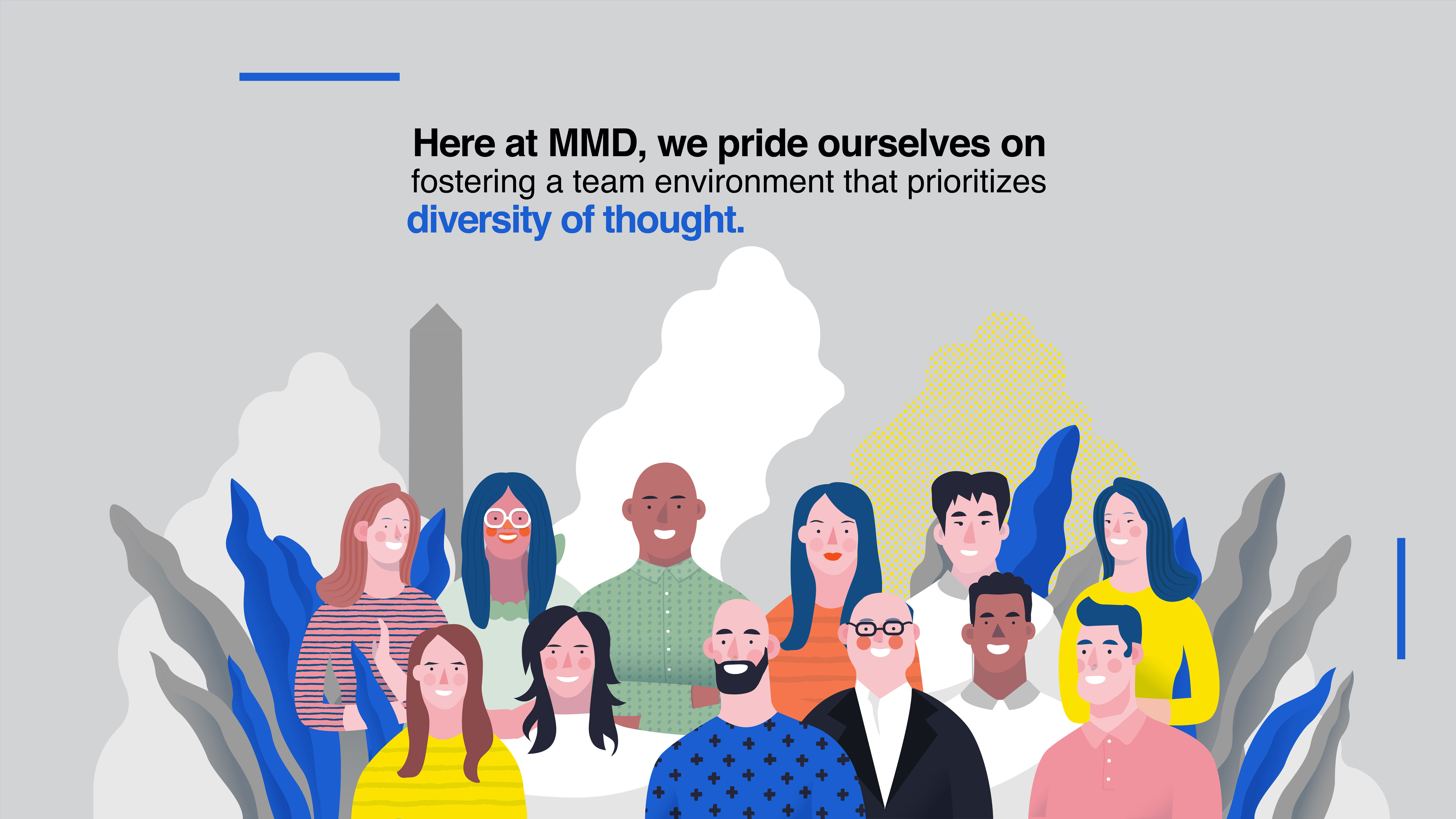
Culturally Inclusive Teams: Design for a New Decade
For years, research has proven that culturally diverse teams can help lead to more productive outcomes in our workplaces. More recently, research has shown that differing assumptions inherent in these teams may actually result in roadblocks that can inhibit rather than inspire progress and creativity. According to the research of professor of organizational behavior Sujin Jang, the addition of “cultural brokers” to these teams can facilitate interactions from those of different cultural backgrounds. The brokers may be people who have knowledge of the different cultural backgrounds represented, or who are simply neutral third parties who can ensure insight is solicited and encouraged from all. In experimental studies, according to Jang, “cultural brokerage led to a boost in creativity at the team level.”
Elevating creativity is critically important to the design process. When various perspectives are encouraged and considered, a richer fabric is created.
Here at MMD, we pride ourselves on fostering a team environment that prioritizes diversity of thought. From both a cultural focus – many of our team members were born and educated outside the U.S. – to a respect for differing design talents and perspectives. As part of our firm culture, we encourage and support overseas travel, and have frequent discussions and events where we learn about our various cultural practices and traditions. We also work to build collaborations where different design capabilities are represented, resulting in broader and fresher thinking.
It’s a fact that in America’s future workforce will not only be older, it will also be increasingly female, as well as more racially and ethnically diverse. By 2024, according to research presented in Deloitte Insights, less than 60 percent of the labor force will be likely to check the “white non-Hispanic” box. So who should be designing the places where we work, live, and spend time enjoying our community amenities? It is critical that the design teams of today and tomorrow reflect the voices of the people they will be designing for.